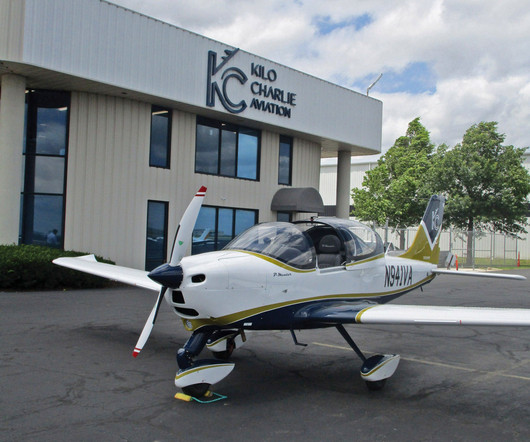Mastering Short Field Landings (A Step-by-Step Guide)
Pilot Institute
MAY 4, 2024
Aircraft Weight and Limitations An aircraft’s weight affects inertia and stopping distance. The POH lists landing distances for specific gross weights. Smaller aircraft may only have short field landing distances for maximum gross weight. Power controls the rate of descent, and pitch controls airspeed.











Let's personalize your content